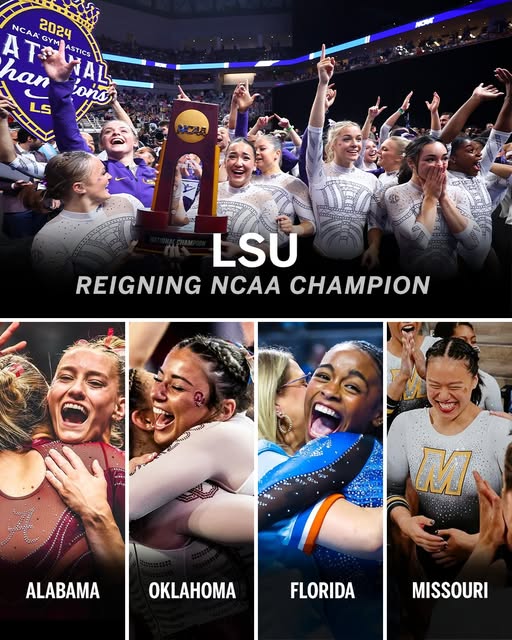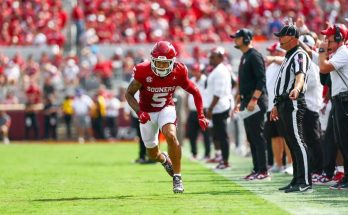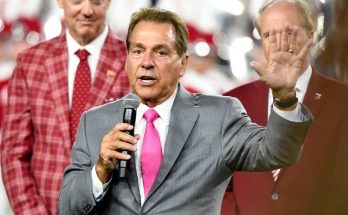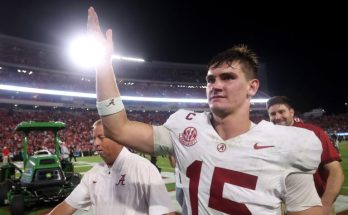History has a funny way of making itself known only after it’s already happened. That’s the beauty of sport: you never quite know when you’re witnessing a moment that will linger in record books and in hearts. On this particular Saturday, in the heart of April, that moment arrived on the grandest stage of college basketball—the Final Four—with a twist that hadn’t occurred in the tournament’s long, storied past. Two Southeastern Conference (SEC) teams, the Florida Gators and the Auburn Tigers, squared off in the men’s Final Four for the first time in NCAA history, each chasing a dream decades in the making and a national title shot that would change everything.
For all the SEC’s dominance in college athletics—football in particular—the conference hasn’t always held the same level of sway in men’s basketball. It has sent teams to the Final Four, yes, and hoisted national titles—Florida, Kentucky, Arkansas, among them. But never before had the conference provided both participants for a national semifinal, turning the Final Four into a de facto SEC showdown. Florida versus Auburn wasn’t just a basketball game. It was a collision of legacies, of coaches with polar opposite styles, of rabid fanbases, and of two schools separated by less than 400 miles but worlds apart in NCAA tournament history.
Florida came in with the pedigree. Since the turn of the century, the Gators had built a reputation as one of the most reliable postseason programs in the country. Billy Donovan’s back-to-back titles in 2006 and 2007 still cast a long shadow over Gainesville. The Gators had made Final Four appearances, Elite Eight runs, and never quite drifted too far from national relevance. Under new leadership in recent years, they had found new life—gritty defense, sharpshooting wings, and a style of play that valued execution over flash.
Auburn, meanwhile, was the upstart. Yes, Bruce Pearl had already guided the Tigers to a Final Four in 2019, but this run felt different. It was louder. It was bolder. It was backed by a defense that suffocated opponents and an offense that could drop 50 in a half when it found rhythm. Pearl, ever the showman, had his players believing—not just in the plan, but in the moment. They weren’t supposed to be here, not by the standards of bluebloods or preseason metrics. And yet, there they stood, shoulder to shoulder with one of the SEC’s basketball titans, with a national championship berth on the line.
From the opening tip, the energy in the arena was palpable. There was a familiarity in the tension—these teams had battled before in conference play. They knew each other’s schemes, tendencies, and weaknesses. But this game wasn’t about familiarity. It was about who could rise above the pressure, silence the noise, and execute when every possession felt like a crossroads.
Florida opened strong, riding the steady hand of their veteran point guard and the inside dominance of their sophomore big man who had emerged as a double-double machine through the tournament. Auburn countered with tempo. They pushed the ball in transition, hunted threes, and dared Florida to keep up. The first half was a blur of lead changes, highlight dunks, and defensive stops that drew as much applause as any offensive flourish.
It was SEC basketball at its finest—not the bruising, plodding style of old, but something faster, more modern, and frankly, more dangerous. Both teams leaned into what brought them to this point. Florida crashed the boards with discipline, their wings rotated like a choreographed dance on defense, and their coach stalked the sideline like a chess master searching for an opening. Auburn, on the other hand, played like a spark ready to ignite a wildfire. One run, one flurry, and they could take control.
That moment nearly came late in the first half. After a Florida turnover, Auburn strung together three straight possessions resulting in triples. The crowd—an even mix of blue and orange, with pockets of neutral fans caught in the spectacle—rose to its feet. Auburn fed off that energy, pushing the lead to nine before Florida called timeout.
But Florida didn’t panic. That’s what experience buys you in March. They regrouped, tightened up defensively, and closed the half on a 10–2 run to trail by just one heading into the break. In the locker room, both teams knew they were in a dogfight. One half for glory. One half to punch a ticket to the biggest stage in college basketball.
The second half was a battle of wills. Every possession was contested, every shot a test of composure. Florida’s guard play steadied the ship, hitting big shots and orchestrating the offense with surgical precision. Auburn responded with hustle—diving for loose balls, drawing charges, crashing the glass. It wasn’t pretty, but it was fierce, and it was honest basketball.
Midway through the second half, the game took on the feel of a classic. The lead never ballooned beyond five for either side. Fans chanted, hearts pounded, and the clock slowly bled away. Both coaches burned through timeouts to settle nerves and draw up critical plays. Every whistle felt magnified. Every trip to the free-throw line was a referendum on nerves.
With under four minutes to play, tied at 62, the game hinged on execution. Florida ran a perfect out-of-timeout set, freeing their leading scorer for a corner three—bottoms. Auburn answered with a putback off a missed layup. The back and forth continued.
And then came the defining moment. With 37 seconds left, Auburn led by one and had the ball. They could have tried to run the clock, maybe force Florida to foul. But Pearl, ever aggressive, trusted his team. They ran a designed play to get their freshman wing an open look at the top of the key. He rose, fired—and missed. Florida corralled the rebound and raced up court, the clock dipping below 20 seconds.
They didn’t call timeout. They didn’t need to.
Florida’s point guard, calm as he’d been all tournament, orchestrated the chaos. A quick dribble handoff, a back screen, and suddenly the lane opened. He drove, pulled up from mid-range, and buried a jumper with 6.2 seconds left.
Auburn had one last chance.
Inbound, sprint, cross half-court. Their star guard had the ball in his hands. He’d hit buzzer-beaters before. He rose from 25 feet.
Front iron.
Florida players erupted. Auburn players collapsed. And history, finally, had its first SEC vs. SEC Final Four classic.
In many ways, this game was more than a contest between two teams. It was a milestone for a conference that has long fought for basketball respect on a national scale. The SEC had sent messages before—Florida’s championships, Kentucky’s dynasty runs, Auburn’s earlier breakthrough. But this game was different. It was two SEC teams in the Final Four, and neither was named Kentucky. It was parity. It was progress. It was a signal that the league had evolved—not just in talent, but in depth.
For Florida, the win secured a return to the national title game for the first time since 2007. For Auburn, the loss was bitter, but their presence there spoke volumes about the direction of their program. Both teams had brought the SEC into uncharted territory. And the basketball world had no choice but to take notice.
As the Gators cut down the nets in celebration, there was a quiet understanding—among fans, players, and coaches alike—that they had all been part of something special. A game that would live on in memory, not just because of what was at stake, but because of who was playing it. The first-ever all-SEC men’s Final Four matchup wasn’t just history made—it was history earned.
And maybe, just maybe, the start of a new tradition.
Let me know if you’d like a version focused more on a particular player, coach, or moment!



